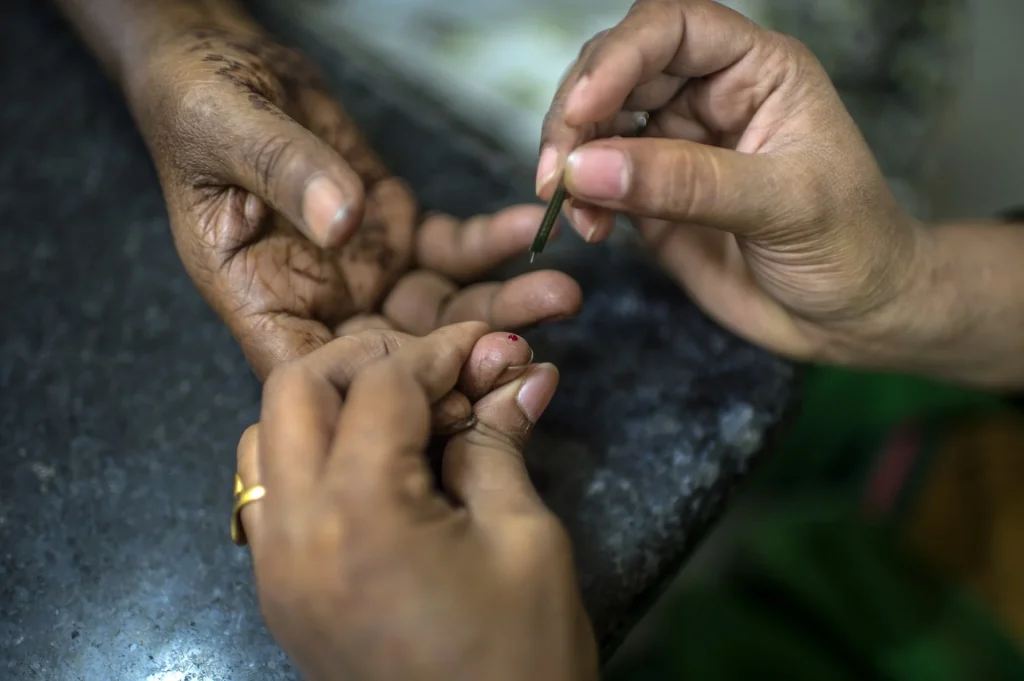A global study published recently in The Lancet reveals that diabetes rates among adults have doubled worldwide over the last 30 years, with the sharpest increases occurring in low- and middle-income countries.
According to the analysis, diabetes now affects approximately 14% of adults globally, up from 7% in 1990. Factoring in population growth, the number of people with diabetes has surged from under 200 million in 1990 to over 800 million in 2022. The research included both types of diabetes: Type 1, which typically begins in childhood and is linked to an insulin deficiency, and Type 2, which mostly affects adults and results from a reduced sensitivity to insulin.
In wealthier countries like Japan, Canada, France, and Denmark, diabetes rates remained steady or even declined, while low- and middle-income nations experienced substantial increases. Pakistan, for example, saw diabetes rates among women rise from under 10% in 1990 to nearly a third in 2022.

Obesity and unhealthy diets were cited as key drivers of Type 2 diabetes. The study also highlighted a growing disparity in diabetes treatment between richer and poorer nations. In 2022, an estimated 445 million people over 30 with diabetes — nearly 60% of those affected — went untreated, with India alone accounting for a third of this group.
In sub-Saharan Africa, only 5-10% of adults with diabetes received treatment in 2022, while some developing nations like Mexico showed higher treatment rates.
The study’s lead author, Majid Ezzati of Imperial College London, expressed concern over the lack of treatment access, especially for younger diabetes patients in low-income countries, warning that this could lead to severe, lifelong complications or even premature death.


